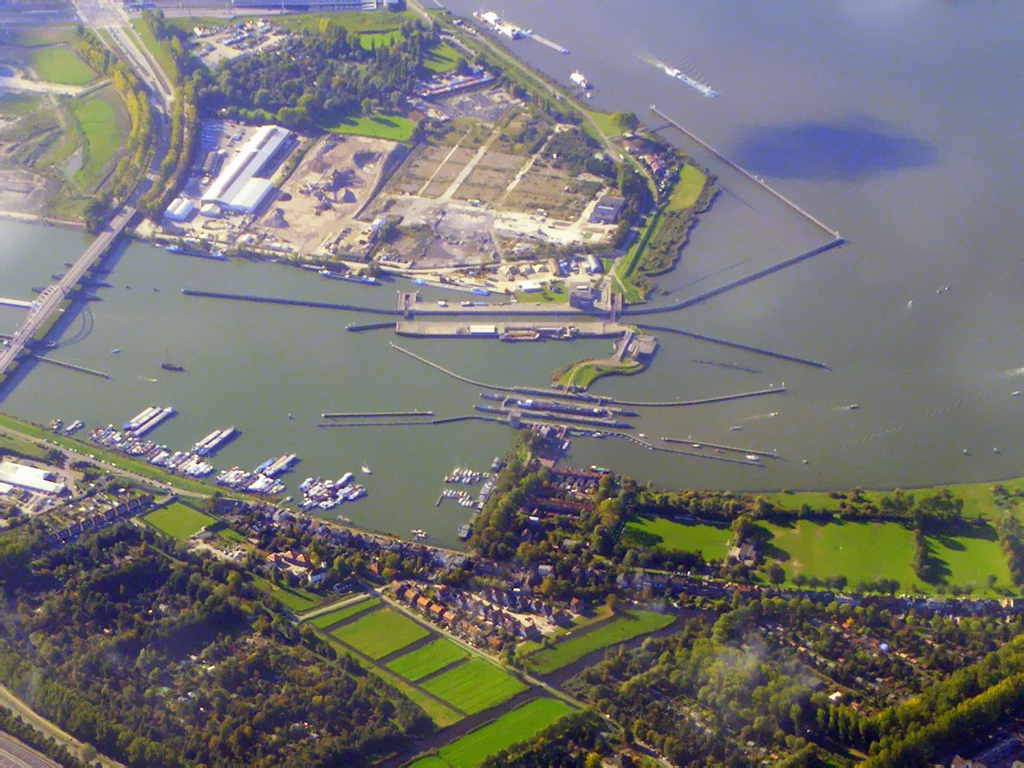In the dynamic world of enterprise architecture, understanding and managing the capabilities and strategic initiatives of an organization are crucial for achieving long-term success. Practices such as business capability modeling and strategic portfolio management provide frameworks for identifying core competencies, aligning projects with strategic goals, and optimizing resource allocation. By using metaphors like river deltas and canal systems, we can better visualize how these practices contribute to the efficient flow of value and resources within an organization. These approaches emphasize collaboration, adaptability, and strategic alignment, ensuring that organizations remain agile and responsive to changing market conditions.
Business Capability Modeling
Business capability modeling is a practice focused on identifying and defining the core capabilities a business needs to achieve its strategic objectives. A capability represents what a business does, independent of how it is done. Examples include Customer Relationship Management, Product Development, or Supply Chain Management. These capabilities are then mapped to business units, processes, people, and technology to understand how they are realized within the organization.
Imagine business capabilities as the main streams or branches of a river delta. Each stream represents a distinct capability that contributes to the overall flow of value towards the sea, symbolizing the customer or market. The flow within each stream needs to be optimized, and the connections between streams need to be managed effectively to ensure a healthy delta. A well-defined capability model makes the flow of the river visible and manageable. For instance, if a stream is clogged, you will notice a decrease in flow. Similarly, when a capability is not performing, a company might see a decrease in customer satisfaction, product quality, or profit.
To develop an effective business capability model, it’s essential to foster a shared understanding among stakeholders from across the organization. This collaborative effort ensures that the model accurately reflects the “doings and sayings” of the various business units and that there is a shared understanding of how value is created. Just as different communities living along a river delta need to agree on how water resources are managed, business units need to agree on how capabilities are defined and measured.
Aligning the capability model with the overall strategic goals and values of the organization creates a “teleoaffective structure.” This ensures that the model is not just a technical artifact but a tool that helps guide decision-making and resource allocation. The capabilities should embody the organization’s purpose and aspirations, much like how the flow of a river is ultimately directed towards the sea.
The mapping between capabilities, processes, and resources should not be static. It should be continuously updated to reflect changes in the business environment and the organization’s strategy. Imagine a river delta that is constantly being reshaped by sediment deposits and changing tides, the capability map needs to be adapted to reflect the evolving landscape.
Strategic Portfolio Management
Strategic portfolio management involves managing the portfolio of projects and initiatives that an organization undertakes to achieve its strategic goals. It involves prioritizing projects based on their alignment with the strategy, their potential value, and their resource requirements. This ensures that the organization is investing in the right things and that resources are being used effectively.
This practice can be like managing the flow of water through a system of canals and sluice gates. Each canal represents a different project or initiative, and the sluice gates control the allocation of resources (water) to each canal. The goal is to ensure that the most important canals (strategic projects) receive sufficient water while preventing any one canal from overflowing and depleting the overall water supply.

The criteria for prioritizing projects and allocating resources should be transparent and well-understood by all stakeholders. This promotes “practical understandability” and helps to avoid conflicts and misunderstandings. Just as the rules for operating a sluice gate system need to be clear to all involved, the principles of portfolio management should be clearly communicated and applied consistently.
Portfolio management often involves difficult trade-offs and decisions about which projects to fund and which to defer. The “doings” of portfolio managers should focus on facilitating constructive dialogue and negotiation among stakeholders to arrive at decisions that are in the best interest of the organization as a whole. This resembles the process of negotiating water allocation rights among different stakeholders during a drought.
Regularly tracking the progress of projects within the portfolio and assessing their ongoing alignment with the strategy is crucial. This “reflexive monitoring” allows the organization to adapt its portfolio in response to changing circumstances and to ensure that it is still on track to achieve its goals. Just as a canal manager needs to monitor water levels and adjust the sluice gates accordingly, portfolio managers need to monitor project performance and make adjustments to the portfolio as needed.
Practice theory
The concepts of doings, sayings, reflexive monitoring, teleoaffective structure, and practical understandability refer to aspects that are part of various variants of Practice Theory. If you want to read more about this, the Wikipedia page is a good starting point.
Conclusion
By applying the lens of practice theory and employing metaphors like river deltas and canal systems, we gain a richer understanding of how business capability modeling and strategic portfolio management contribute to the overall efficiency and agility of an organization. These practices emphasize the importance of collaboration, adaptability, and strategic alignment in managing complexity and guiding the flow of change towards desired outcomes. As with the management of waterways, they require continuous effort, clear communication, and a deep understanding of the interplay between structure and flow.

 English | EN
English | EN 